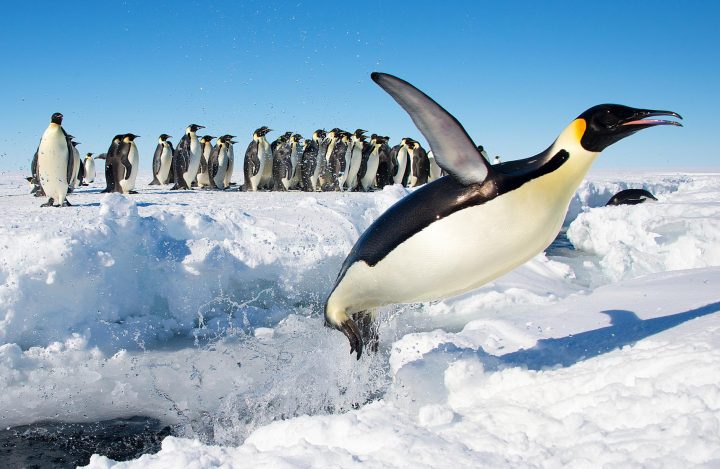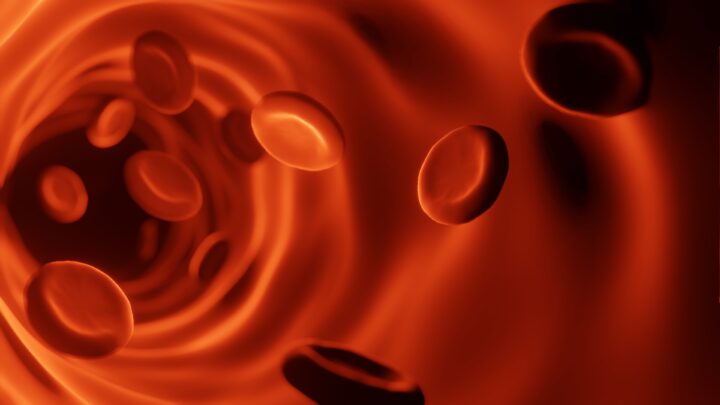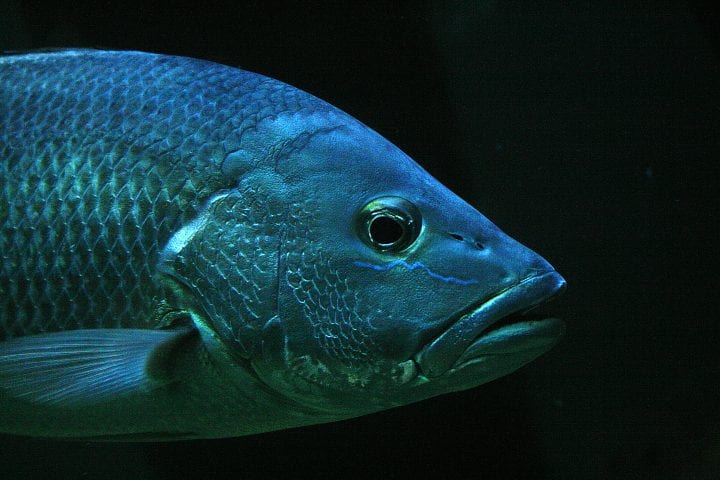Hairs on the whirligig beetle's middle and hind legs increase thrust by expanding surface area.
The whirligig beetle (in the family Gyrinidae) is an aquatic insect that is typically found swimming on the surface of the water. These small beetles can reach impressive swimming speeds (up to 44 body lengths per second) and are masters of maneuvering–their name comes from the circular swimming trajectories they often make on the water surface. Off their middle and hind legs extend numerous microscopic swimming hairs or bristles, arranged much like teeth on a comb. These hairs play a key role in generating thrust during swimming by making the leg more paddle-like. But how do hairs with spaces between them function like a paddle?
Whirligig beetles and other small organisms experience a fluid world differently than larger organisms do. For a small organism moving in a fluid, the viscous forces within the fluid (that make it feel “sticky” and contribute to fluid resistance) play a larger role than inertial forces (that keep a fluid moving). That is, they operate at a relatively low Reynolds number (the ratio of inertial to viscous forces). The result for the whirligig beetle is that when it sweeps its leg through the water to swim forward, little water flows between the tiny hairs. A leg with its hairs extended functions as if it were a solid paddle, generating more thrust than if the hairs weren’t there. Upon the leg’s return stroke, the hairs collapse against the leg to reduce the “effective area” and help minimize drag.








